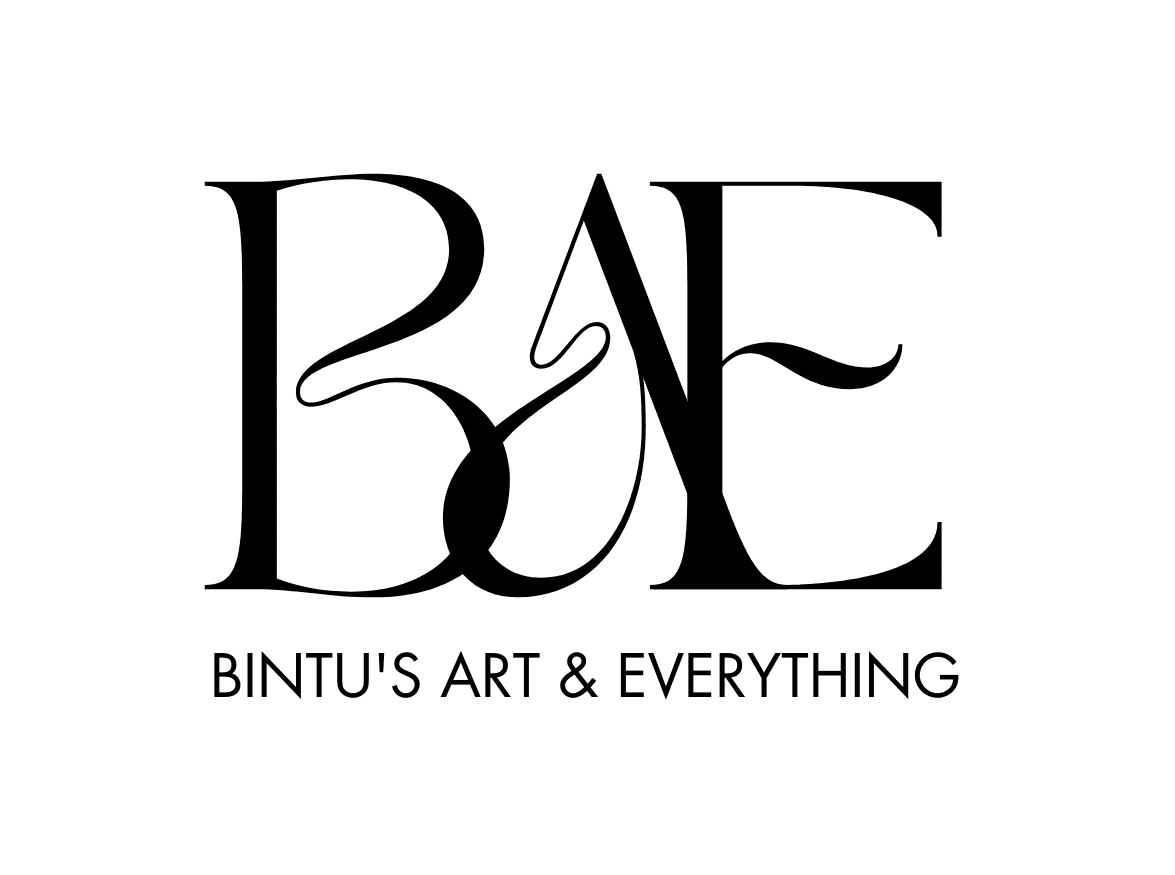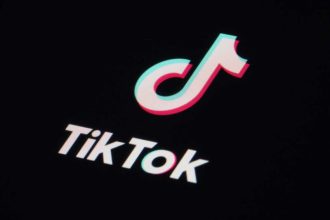Writing a winning Proposals for Brand and getting a brand deal isn’t just about having a big following. It depends on how well you pitch yourself. A strong proposal can make the difference between landing a deal and missing out. It shows a brand you understand their needs and can deliver results. If your pitch is clear, professional, and tailored, you’re more likely to stand out.
This guide shares proven tips, expert insights, and practical steps to craft winning proposals that get brands excited to work with you.
Understanding the Basics of a Successful Brand Deal Proposal
What Is a Brand Deal Proposal?
Think of a proposal as a sales pitch. It’s a written plan that explains why a brand should work with you. It covers your idea for the campaign, what you’ll deliver, and how much it costs. The goal? Show the brand you can help them reach their goals and generate real results.
A good proposal isn’t just about listing prices. It’s about showing your value. It includes your concepts, audience insights, and why you’re the right fit for their brand story.
Why a Well-Written Proposal Matters
Brands receive many pitches. A professional plan helps you stand out. It builds trust and shows you’re serious. Well-written proposals also give you more power in negotiations, making it easier to get what you want.
Statistics show that influencers with detailed, personalized proposals are more likely to secure brand deals. When you put effort into your proposal, brands see you as a professional. That increases your chances of closing the deal.
Also Read: How to Set Up a Winning Grant Proposal Plan for Your Startup Brand in Nigeria
Common Mistakes to Avoid
Many creators slip up by overpromising. Promising too much can set you up for failure. Conversely, underdelivering damages your reputation.
Another mistake? Sending generic or impersonal pitches. Do your homework first. Brands can tell when you haven’t researched them. Personalization shows you truly understand their brand and its goals.
Researching and Aligning with the Right Brands
Identifying Suitable Brands
Start by finding brands that match your niche. Use tools like social media analytics and Google to see who’s active and investing in influencer marketing. Follow brands on social media. Listen to what they talk about.
Next, check if their target audience overlaps with your followers. For example, if you’re a fitness creator, look for health-focused brands. Matching your content and audience makes your proposal more attractive.
Analyzing Brand Goals and Campaigns
Spend time studying a brand’s past campaigns. What messages do they promote? What kind of stories do they tell? If a brand focuses on sustainability, align your proposal with eco-friendly ideas.
Understanding their values helps you craft a pitch that resonates with their mission. Tailoring your ideas shows you’ve done your homework.
Gathering Data to Support Your Pitch
Your proposal should include numbers that show your influence. Share your engagement rate, audience demographics, and growth stats. Mention successful past collaborations with concrete results, like increased sales or brand awareness.
Metrics like click-through rates or conversions can strengthen your pitch. Data-backed proposals give brands confidence you can deliver real value.
Crafting a Persuasive Proposal
Structuring Your Proposal Effectively
Keep your proposal organized and easy to read. Divide it into sections: introduction, your offer, benefits, budget, and call-to-action. Use headings, bullet points, and visuals to make it appealing.
Be concise but thorough. Clear formatting helps busy brand managers understand your pitch quickly. Remember, simplicity is key.
Writing a Compelling Introduction
Start with a personalized greeting. Mention why you love the brand or relate to their current campaign. Explain briefly how your values align.
Highlight what makes you unique and why you’re excited about a potential partnership. A strong intro grabs attention and sets the tone.
Showcasing Your Audience & Reach
Provide accurate info about your followers. Include age, gender, interests, locations, and engagement stats. Show how your audience fits the brand’s target market.
Add screenshots or data charts if needed. This builds trust and proves your influence.
Presenting Creative Ideas and Campaign Concepts
Suggest specific, innovative content ideas. Maybe a series of Instagram Stories, a YouTube review, or a TikTok challenge. Tailor your ideas to the brand’s message.
Be detailed but flexible. This shows you’re creative yet easy to work with.
Defining Deliverables & Timelines
Clearly describe what you’ll produce. For example: “Three posts, two stories, and one reel by the end of the month.”
Include posting dates and deadlines. Adding a bit of flexibility ensures smooth collaboration. Outline your process from start to finish.
Pricing & Negotiation Tips
Set a fair price based on your reach and the work involved. Use industry standards as a guide. Be ready to negotiate but know your worth.
If a brand proposes a lower rate, consider offering additional deliverables or value. Stay professional and open-minded.
Enhancing Your Proposal with Evidence & Credibility
Including Past Work & Case Studies
Showcase your best collaborations. Use images and real results. For example, a sponsored post that increased sales or engagement. Include testimonials from happy brands.
Knowing you’ve delivered results before boosts your credibility.
Incorporating Testimonials & Brand References
Ask your past partners for reviews. Positive feedback builds trust with potential brands. Share how you helped previous brands reach their goals.
Show that you’re a dependable and professional partner.
Demonstrating Professionalism & Consistency
Use correct spelling and grammar. Keep your tone respectful and engaging. Format your proposal consistently with your branding.
A polished presentation shows you take your work seriously.
Finalizing and Sending Your Proposal
Personalization & Follow-up Strategies
Address your proposal to the right person. Use their name if possible. Send your pitch at a good time, not right before a holiday or weekend.
Follow up politely if you don’t hear back in a week. Show genuine interest without pestering.
Using the Right Tools & Formats
Save your proposal as a PDF for easy reading and compatibility. Use templates to save time but customize each one.
Ensure it looks professional on both desktop and mobile.
Tracking and Managing Responses
Keep track of your pitches using spreadsheets or customer relationship tools. Record when you sent each proposal and any feedback. This helps you improve your approach.
Be ready to respond quickly once a brand gets back to you. Prompt communication demonstrates professionalism.
Conclusion
Crafting a winning brand deal proposal takes effort but pays off. Focus on personalization, clarity, and credibility. Understand the brand’s goals and show how you can deliver results.
Regularly refine your approach based on feedback and industry trends. Every proposal is a chance to improve. Approach each opportunity with focus and professionalism, and you’ll increase your chances of success.
Remember, the right proposal can turn a simple inquiry into a long-term partnership that boosts your influence and income. Keep perfecting your pitch, and brands will keep choosing you.






